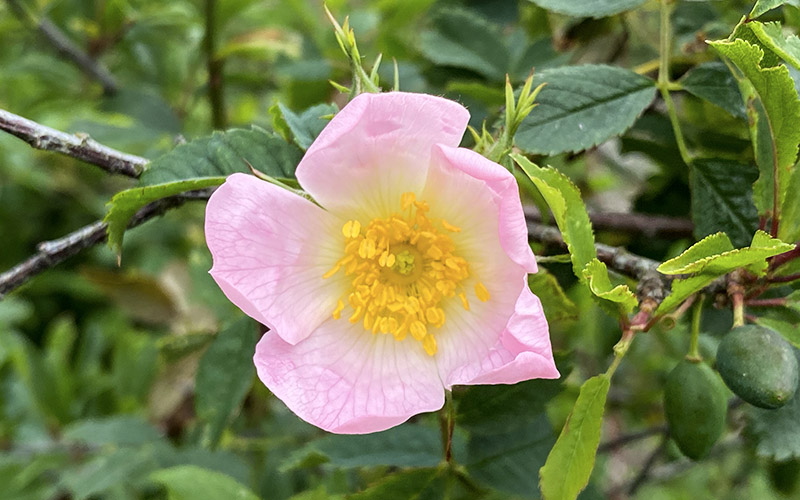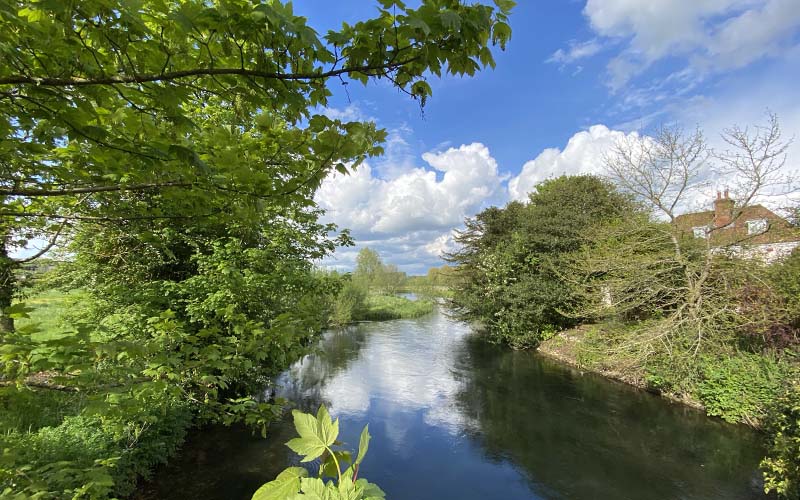
The county includes two national parks – the New Forest and South Downs, plus other important natural areas including the South Hampshire Lowlands, Hampshire Downs, South Coast Plain, Low Weald and Thames Basin Heaths.
The New Forest is home to several types of deer, and ponies, pigs and donkeys graze there too.
Water plays an important part for wildlife. The Itchen and Test are well known as being trout rivers. Other important watercourses are the Beaulieu, Hamble, Lymington and Meon rivers. The Test and Itchen have a growing number of otters.

Hampshire’s downland are important for wild flowers and insects, and protected in the East Hampshire Area of Outstanding Natural Beauty (AONB).
Another flower-rich area is the nature reserve of Farlington Marshes in Portsmouth – 125 hectares (310 acres) of grazing marsh and saline lagoon at the north end of Langstone Harbour and an internationally important over-wintering site for birds.
In spring, carpets of bluebells can be found in woodland areas. Read our guide on the best places to find them.
Hampshire resident Gilbert White’s made his pioneering observations on natural history in the county and his home and gardens are open to the public. – in winter they’re a great place to see snowdrops in Hampshire. You can also see the Oates Collection there which celebrates natural history.